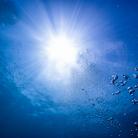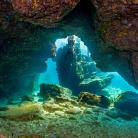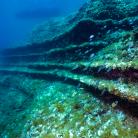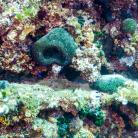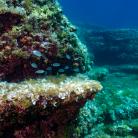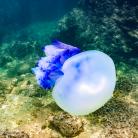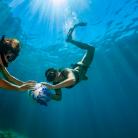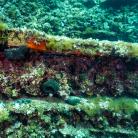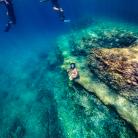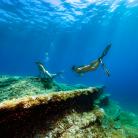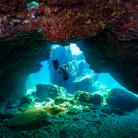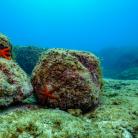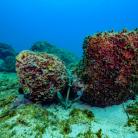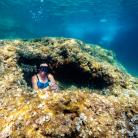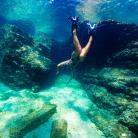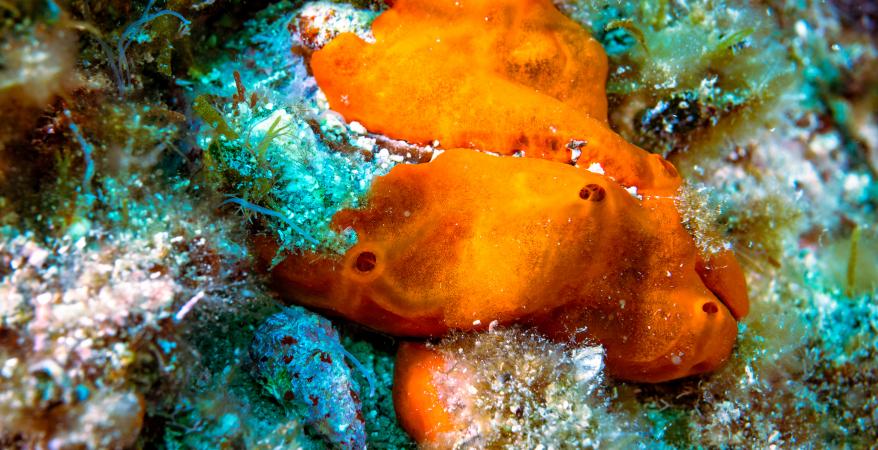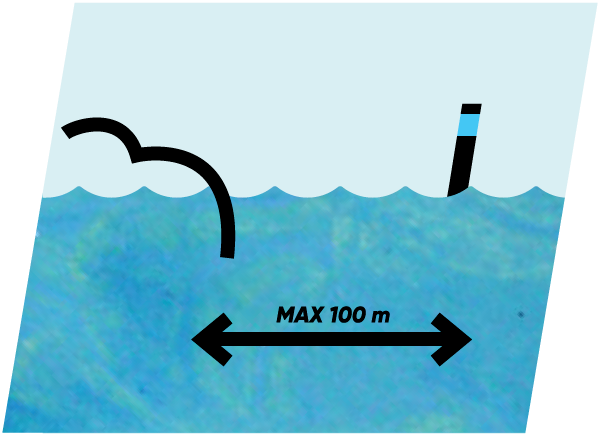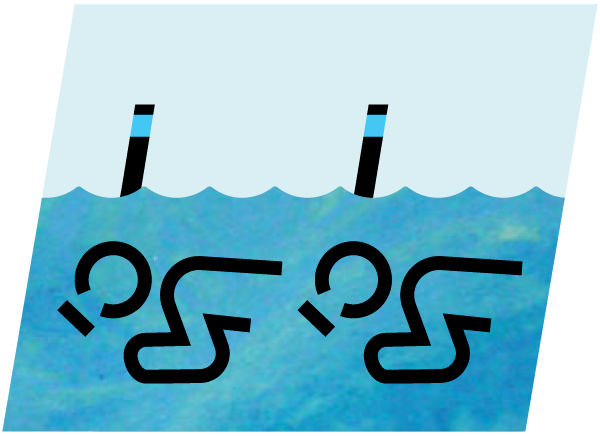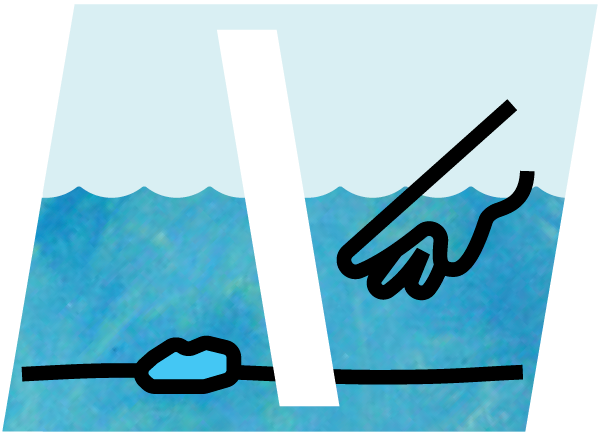Mala Kolombarica
Mala Kolombarica is located on the southern side of the significant landscape of Donji Kamenjak and the Medulin archipelago, just below the Safari bar. It was named after the pigeons that make their nests on its rocks, but it is more famous for the Mediterranean monk seal which can swim up to its small beach, occasionally making it its humble resting place. This sea cave belongs to the special habitat type of flooded or partially flooded sea cave and is part of the European Union Natura 2000 ecological network, consisting of areas important for the protection of endangered species.
This snorkeling location is easy to explore simply by following its coastline in a southerly direction. The bottom is covered with stones of various sizes, gravel and sand. This is the reason why the sea is a blend of all shades of turquoise during summer.
Curiosities of the sea
Mala Kolombarica is a high, open cave with a small beach that provides freshness and rest to everyone. Near the cave there is a rift known as a jumping canyon. However, the name can be misleading because the bottom is only 2 meters deep. The only deeper point is along the northern wall of the rift, a 4-meter-deep location known only to local, excellent jumpers. Do not under any circumstances try to jump from the rocks because it is very dangerous. Instead, dedicate your time to exploring this beautiful snorkeling location of ours.
This location has one hidden cave that is easy to dive into, but only during calm seas. You will easily recognize it because of a small rock in front of it sticking out of the sea as a sign. The cave has two small openings, so once you dive through the entrance, the area gets illuminated by some sunlight. You can also dive out under the opening. Once inside, you'll notice that the space is divided into two small, low domes, both with roof openings.
It is highly probable that this cave used to be someone's modest and well-protected home in the prehistoric time. As piracy was a common practice on the Adriatic during the Middle Ages, archival sources mention various pirate robberies around the Istrian coast. We can thus only imagine where the pirates hid the stolen treasure, possibly even in this hidden cave.
Here you can explore the rocky bottom teeming with life and colours, and its inhabitants including goatfish, the Mediterranean rainbow wrasse, the painted comber, damselfish, sheephead bream, the annular sea bream, as well as various crabs, the most famous of which is the Premantura crab. As Cape Kamenjak is the most protruding cape of Istria immersed in the waters of the northern Adriatic, it is a stopover for various wandering fish that you can meet in shallow waters, such as the shoals of garfish, small bluefish, grey mullet, but also turbot, electric rays, soles and those that love to camouflage such as octopus, sea urchin and deep sea urchin.
One of the most important ecosystems of the Mediterranean is located at a depth of 7 meters, in front of Mala Kolombarica. This sandy bottom is a home to seagrass which meadows hide the noble pen shells (Pinna Nobilis), an endemic species of the Mediterranean Sea, currently the most endangered bivalve in the world. The green algae, which is said to be a sign of the exceptionally clean sea, also grows here.
N.B.: For your safety
Do not enter the cave during rough seas because of the waves that can get you injured by carrying you away.
Be sure to dive with a mask on when entering the cave.
Touch the cave walls carefully so as not to damage the delicate algae and sponges that this cave is a permanent home to.







